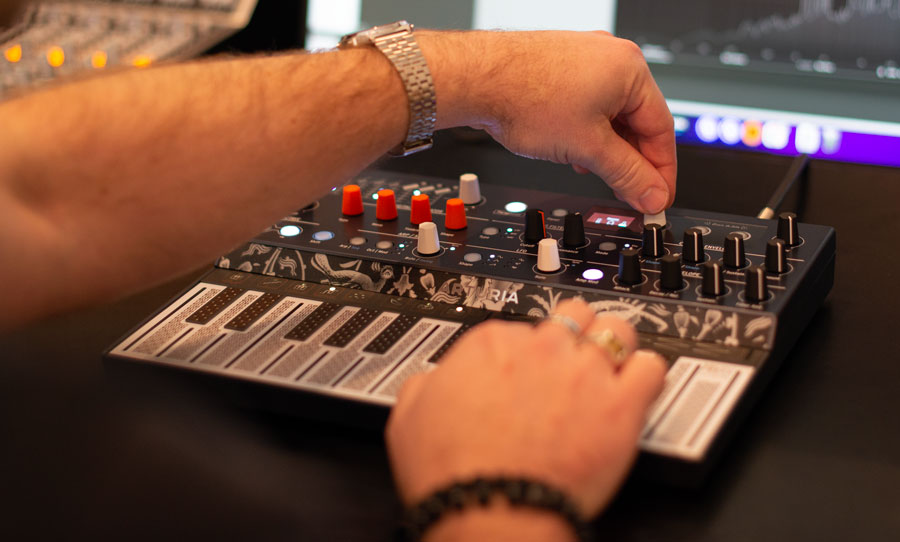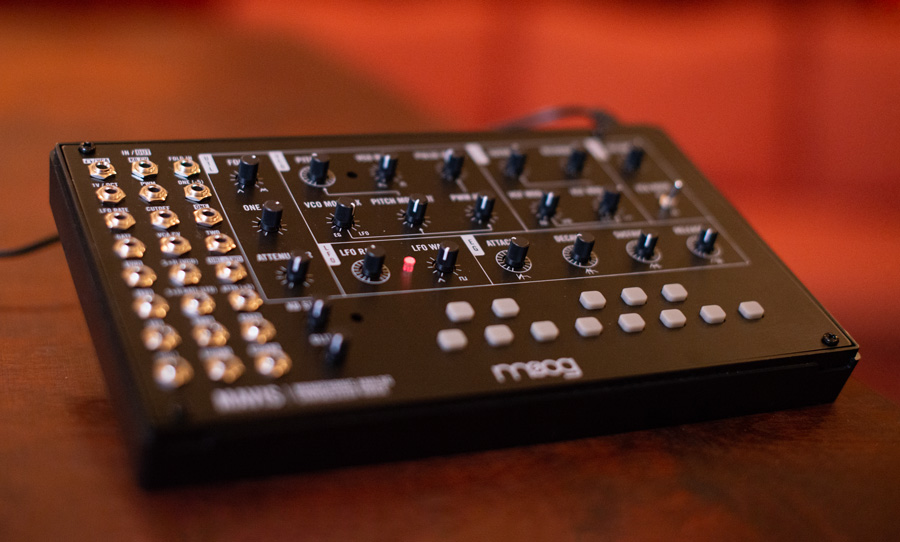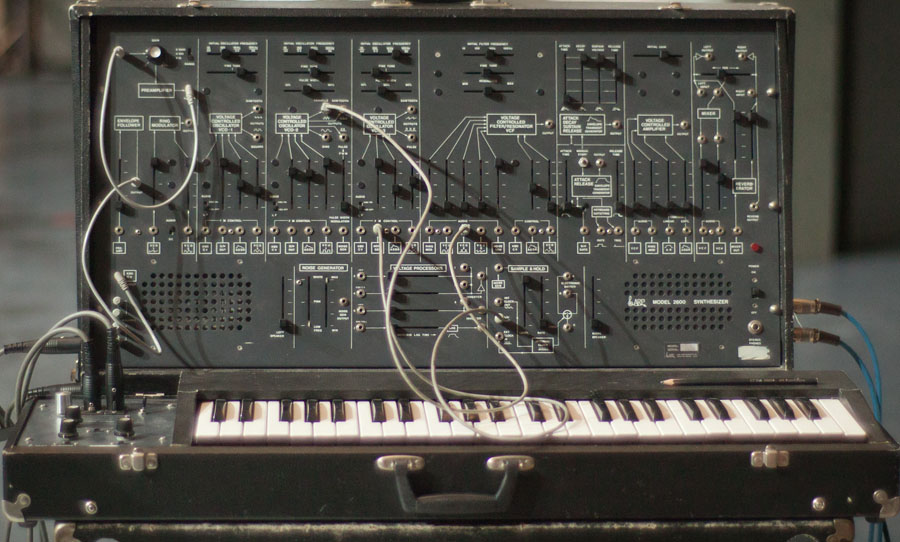Junos? Jupiters? 808s and 909s? Forget it. We’re here to walk the path less travelled. The JX-3P is one of Roland’s most underrated synths!
Between their synthesizers, drum machines and BOSS line of pedals, you could argue that Roland has been the most influential musical instrument maker of the last 40 years.
That doesn’t mean that every instrument comes with the same cultural cache. Take the JX-3P for example.Based on sound alone, this model had every right to be up their with the greats.
Through a combination of unlucky timing and a feature set that led to it being less desirable, this polysynth didn’t enjoy the same level of fame as some of it siblings in the Roland family, or its competitors.
There is, however, a renewed enthusiasm for this left-of-centre instrument and it’s well overdue for a celebration.
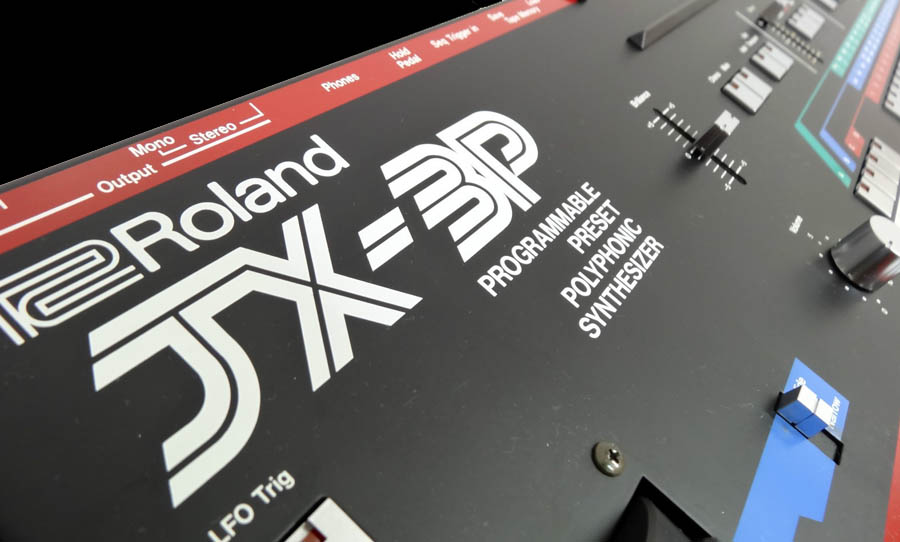
The Roland product release roster from the years 1980 – 1983 read like every modern producer’s fantasy shopping list. In 1980, the TR-808 hit the shelves. In ’81, it was the turn of the Jupiter 8 and the TB-303.
In 1982, the Juno 6, 60 and the SH-101. In ’83, the TR-909 and a synth called the JX-3P. Aside from this parade of heavy hitters, there was also a litany of other hardware devices, including BOSS pedals, rackmounted effects units and more. Long story short: they were in a purple patch.
And on paper, the JX-3P looked like it would continue this procession of fine form. Sleek, portable and with the 3″P”s in its title, standing for Programmable, Preset, Polyphonic, was designed for ease of use without sacrificing quality of sound.
It was similar in aesthetic to the previously released Juno 6 and 60, sharing a few key characteristics with this much more historically significant line of synths.
The Juno and the JX-3P featured digitally controlled oscillators. These DCOs set a new standard for polysynths of the period – solving tuning issues that were inherent in voltage controlled oscillators – meaning they were capable of brilliantly lush pads, without the wooziness (unless you actually wanted it).
Also shared between the two synths was the internal chorus effect – a sound for which the Juno was famed.
There were features where the JX-3P actually improved on the Juno too. The Juno only had one DCO per voice, while the JX-3P had two, each with detuning capabilities – making the synth more capable of producing extra thick and complex brass and string sounds.
It was also the first polysynth offered by Roland that had a sequencer, which could be sync’d up to an external clock source, like a drum machine. It was a pioneering MIDI machine for Roland as well, though its capability in this department would be superseded by the immensely popular Juno 106.
Where it differed most starkly from the Juno was in its user interface. The Juno series featured the sliders that subsequent generations of synth fans would come to know and love.
In contrast – and in keeping with a growing trend at the time – the JX-3P was populated with buttons that gave users quick and easy access to a broad range of its most notable patches.
It is programmable by selecting a parameter numerically and adjusting it with one fader. Not very fun. However, a common addition to the synth was the PG-200 – a box you attach magnetically to the front panel, giving you hands on access to all of its parameters.
The JX-3P ticked many of the boxes for synth fans of the day: it offered reliability, great sound, comprehensive sequencing and unprecedented connectivity via the cutting-edge innovation of MIDI – all with a reasonable price tag. So why wasn’t this synth a runaway success? It turns out that it was a victim of poor timing as much as anything else. 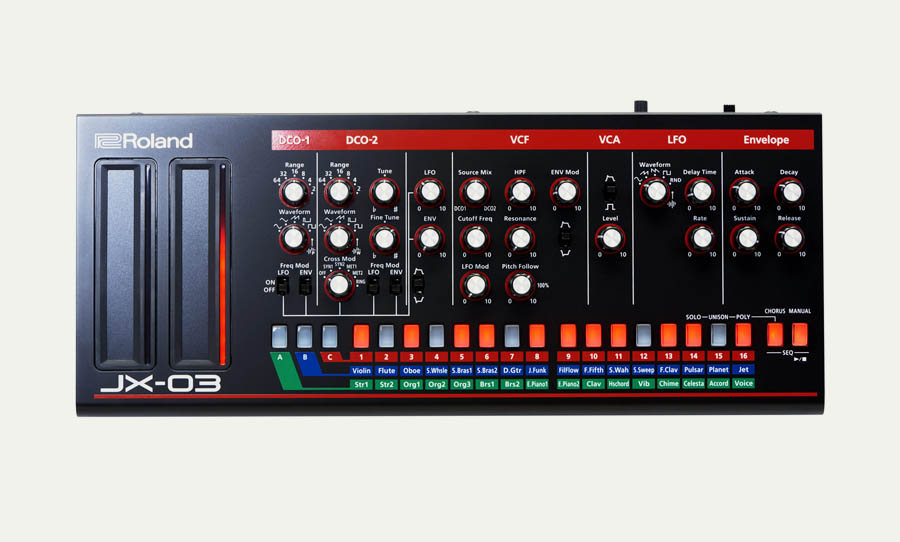
Roland wasn’t the only company that was making waves in this area in the early ’80s. Hell, it wasn’t even the only Japanese company that was making great advances in instrument technology. 1983 was the year that Yamaha released the DX7 and all of a sudden, the paradigm in synth design and architecture had shifted.
The DX7 had many of the user interface features of the JX-3P, but working with a completely digital architecture, was capable of creating a whole new catalogue of soundscapes, while maintaining affordability. And despite being notoriously difficult to program, the DX7 took the world by storm – it wasn’t just the JX-3P that suffered!
Roland itself though, managed to survive the asteroid like impact that the DX7 had on the market. It had a diverse portfolio of products and continued to improve their existing lines.
The JX-8P came along – a more advanced version of the JX-3P – but it too slipped through the cracks. The Juno 106 in contrast, was a smash – maintaining the Juno series’ pedigree for ease of programming and thick analog sounds, but adding extensive MIDI control and patch storage.
The fact that the JX-3P doesn’t enjoy the same level of notoriety of other Roland’s of this period means prices for vintage models haven’t climbed into the stratosphere. Even Roland have decided to shed more light on this underestimated synth by giving it the Boutique treatment.
Though it’s a cut down version in many regards (size, cost, number of voices) the JX-03 combines the button heavy front panel with knobs, giving you a more user friendly experience than the original.
It’s also available in the quickly growing stable of Roland Cloud soft synths, meaning you could run it as a plugin within your DAW. 
Whichever way you choose to engage with the JX-3P, it’s a synth that’s well worth exploring. Sure, it won’t have been used on as many famous records, but that should make the prospect all the more enticing, because the full story of this unsung hero has yet to be told. And in the right hands, it’s just as capable as any of its more famous cousins.

